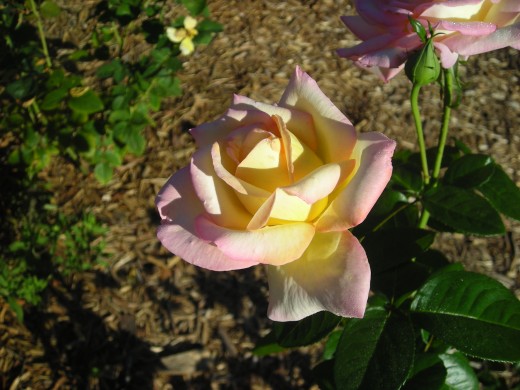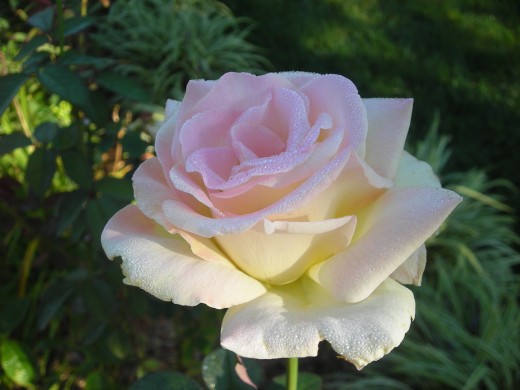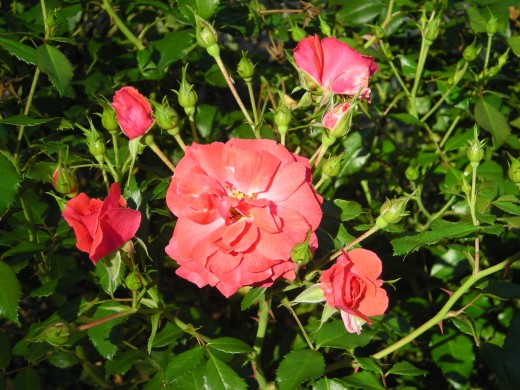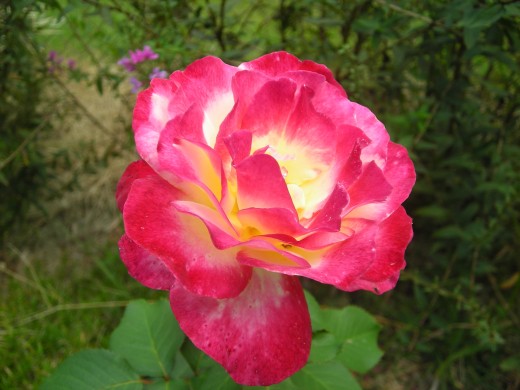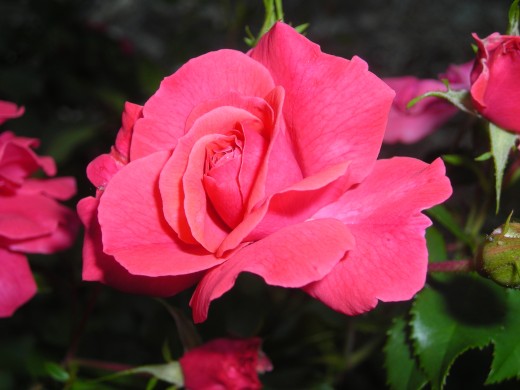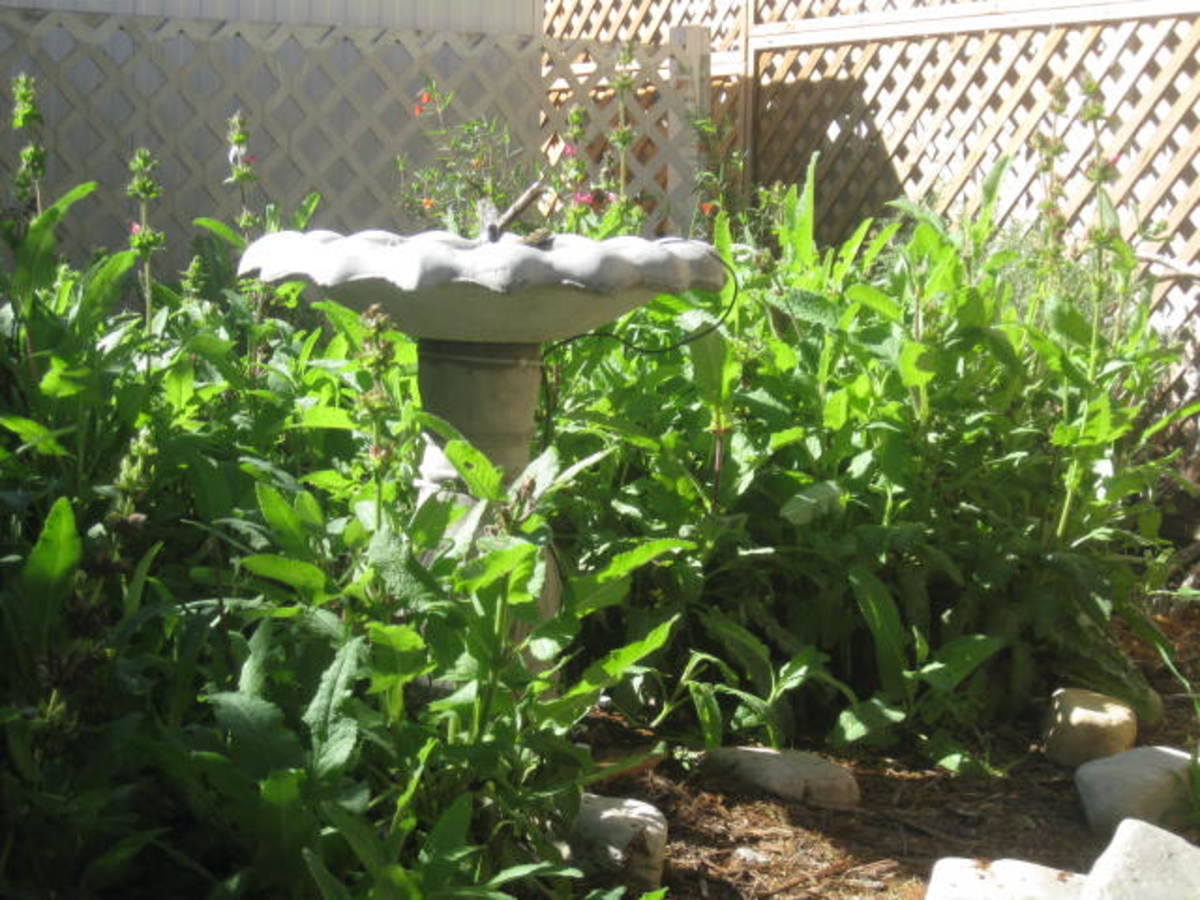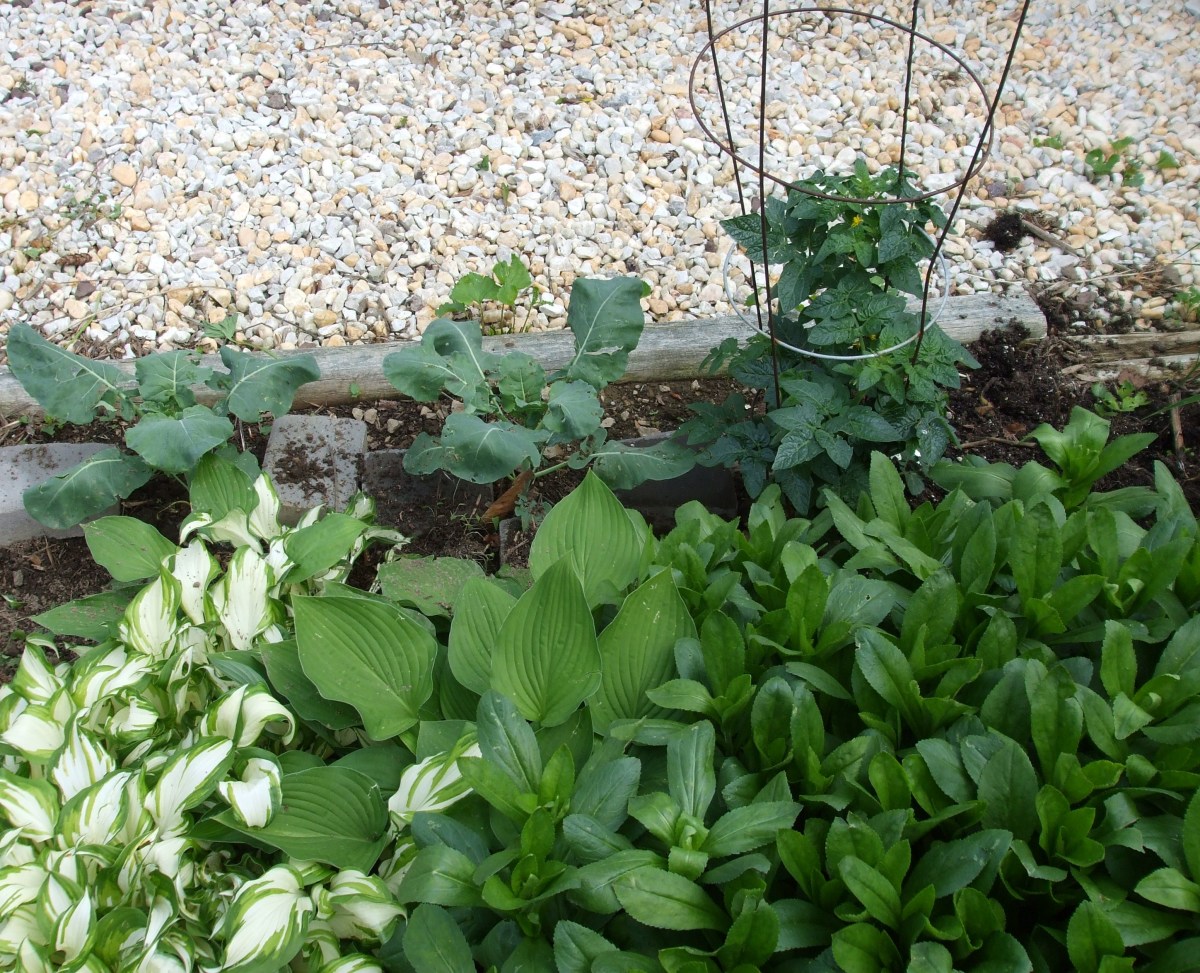Determining the ideal site to plant your roses
A ROSY INTRODUCTION
One of my greatest anticipations of early spring is preparing for another season of rose gardening. Over the years, I've developed my own sense of madness concerning the 12+ hybrid teas holding root in our backyard. (My wife comments it was near obsession more than once).
This will be the initial tip in a series prepared for the upcoming rose season. Let's hope the rose gods comply!
CHOOSING WHAT TYPE OF ROSE IS RIGHT FOR YOU
If you're new to roses (with all their peculiarities and fussiness) let me suggest starting simple with a somewhat easy to grow shrub, or landscape rose. An excellent choice would be any of the Knockout Roses.
But for those of you who desire buckets full of jaw-dropping hybrid tea, floribunda, or grandiflora blooms every season, this tip is for you. And it all starts with the planting site.
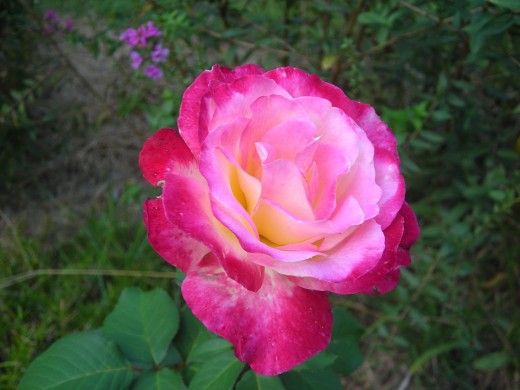
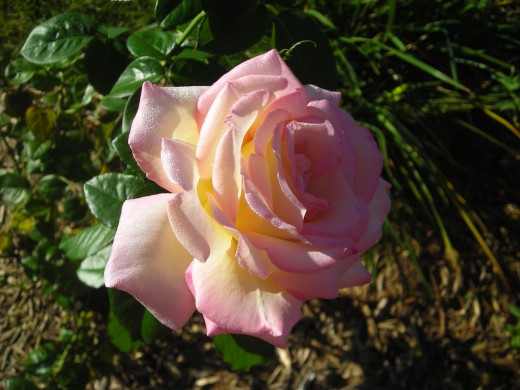
- Garden Gate Store - Garden Shed Essentials
Great site to shop for unique and useful products for your garden - Garden Products
Lee Valley Tools offers high-quality woodworking tools, woodworking plans, woodworking supplies, gardening tools, gardening supplies, and hardware to woodworkers and gardeners
ROSES AND THE SUN
Roses love the sun; not too much and not too little. (They're fussy remember). Morning and early afternoon sun is their favorite and a rose's day is complete after about 5-6 hours of meaningful rays. So picking a site is very important.
LOOK FOR THE SUNNY SIDE OF THINGS
Keep track of your yard for a few days prior to choosing your site; being careful to observe where the morning and early afternoon sun is dominant. Make a chart if you will, but this information cannot be understated.
Another excellent way to measue the amount of sunlight a potential planting site receives is to use a sunlight calculator. These nifty little tools record the amount of direct sun any part of your yard gets. All you do is place them anywhere you want and the calculator does the rest. A popular brand is the SunCalc® which can be purchased online for about $30.00 at GardenGateStore.com or leevalley.com.
As someone much wiser than I told me on more than one occasion, "a little bit of planning makes life more manageable later on". In this case, preplanning where to plant your roses limits a myriad of thorniness later☺.





DIGGING A DITCH
Once you've decided where to plant your future showstoppers, it's time to dig the holes. And whether you're planting a bare root or potted rose, (the differences I'll explain in another tip) the basics are the same. I always prepare a hole at least 24" wide and 24" deep being cautious to allow at least 24" between each rose bush or any subsequent. Healthy rose bushes need proper nutrients and can be very greedy. Give them their proper space so you can enjoy the benefits later. -- This doesn't mean you can't put other plants near your roses; just use a little caution as to how large each mature plant will be.
But now back to the digging.
To ensure your roses flourish in their new surroundings, do your best to optimize the planting hole's drainage. The two primary types of soil encountered are clay and sandy loam. There are variations of course, but in my experience these are the main players and can each be effectively handled. In short, if your soil is heavier on the clay side you may need to dig deeper. If your soil is on the sandy loam side, maybe a bit less. In each case, the soil will be amended, but knowing what you're starting with is very important!
Remember, your roses LOVE well-drained, nutrient-rich soil and here's a great way to learn if your newly-dug hole is ready.
After the hole is finished, fill it a quarter to half-full with water and keep track of the time needed to drain. I tend to look for a window of 1-3 hours. Basically what this tells you is how well drained the soil is below the planting hole. As previously stated, roses LOVE well-drained soil. What they don't like it is too much water making a home around their roots and creating a mush of everything.
Next, once you've determined the drain time, it's time to make one more decision; either dig a deeper hole if it doesn't drain within the 1-3 hours, or leave it alone; in which case you're good to go so to speak and ready for my next tip on preparing the planting soil and planting the bush.
Roses don't have to be difficult, just enjoyed!
Good luck and happy roses!
Next topic: How to amend your soil and plant your new rose.
- Knockout Roses
Knockout Roses are a special breed of rose. These roses are known for their exceptional resistance to disease and ability to withstand a wide variety of conditions.


